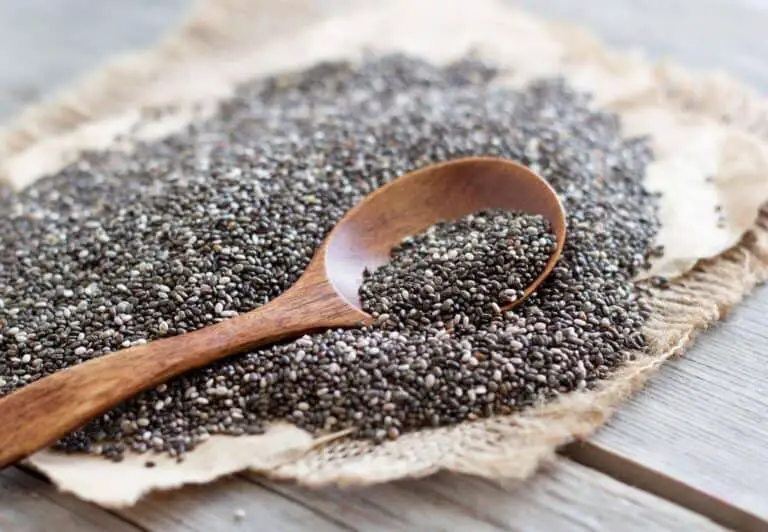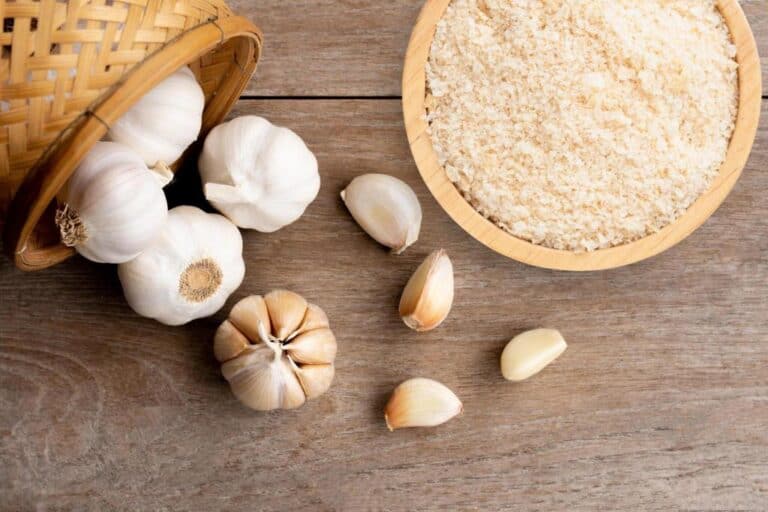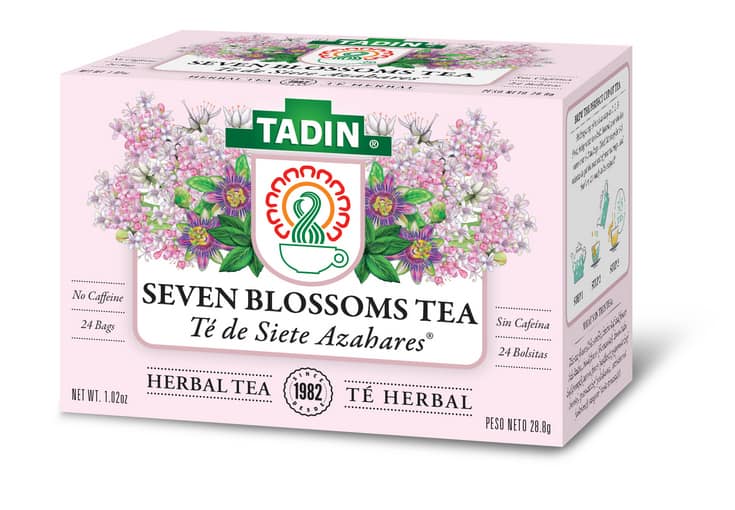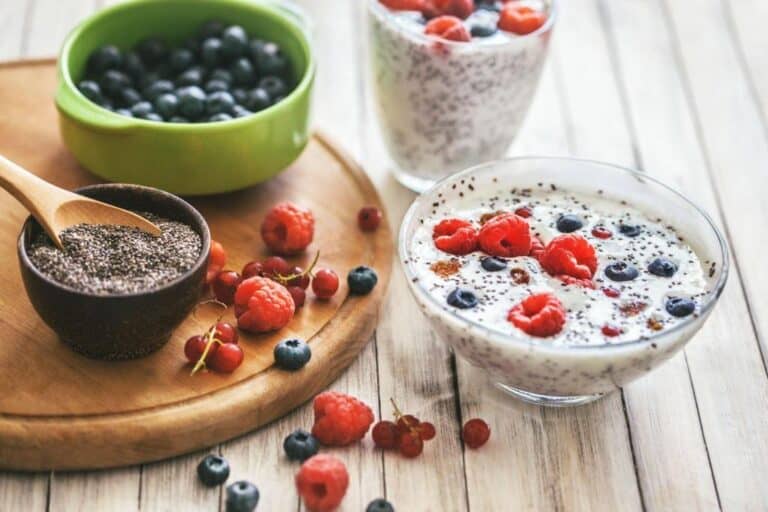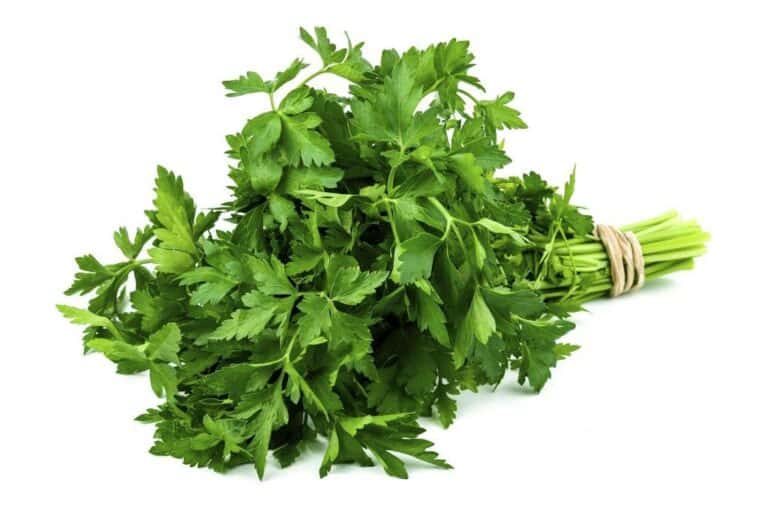Acorn Squash vs. Spaghetti Squash: Which One is More Nutritional?
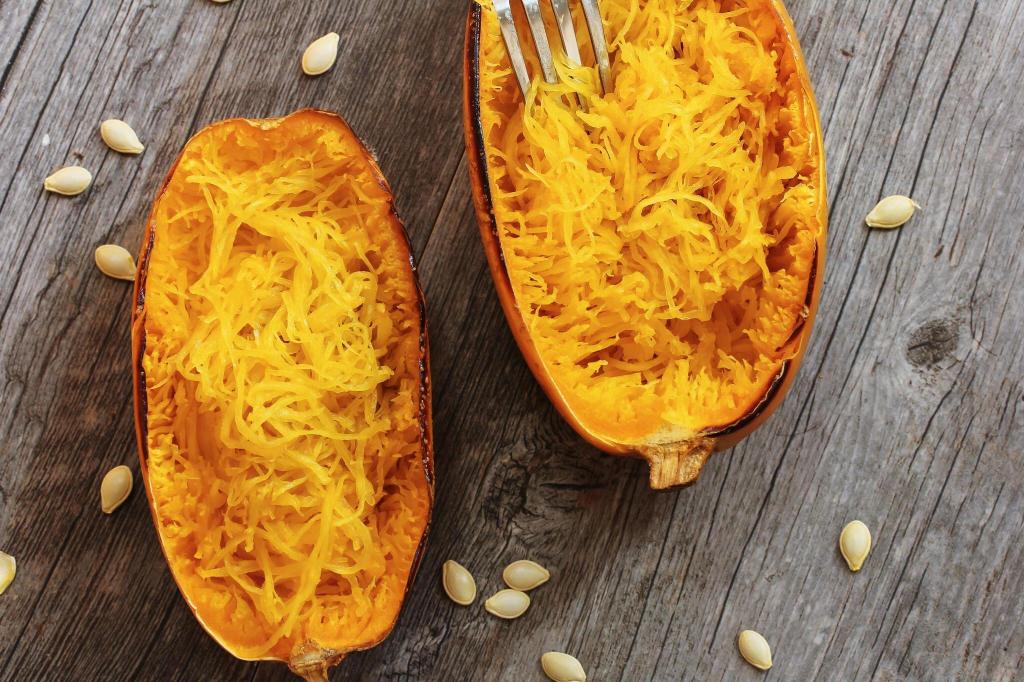
When it comes to winter squashes, two varieties that often make their way onto our dinner tables are acorn squash and spaghetti squash. These colorful yet oddly shaped vegetables add vibrancy and flavor to any meal. However, have you ever wondered which one is more nutritionally beneficial?
While both types of squashes showcase unique characteristics and flavors, understanding their differences in terms of nutrients can help us make informed choices about incorporating them into our diet.
In this article, we will delve into the fascinating world of acorn squash and spaghetti squash to analyze their nutritional value. Prepare to unravel a cornucopia of vitamins, minerals, and health benefits as we compare these two deliciously versatile options.
Calorie Content
When it comes to comparing the calorie content of acorn squash and spaghetti squash, there is a notable difference between the two. A serving size of 1 cup (205 grams) of cooked acorn squash contains approximately 115 calories, while an equal amount of cooked spaghetti squash only contains around 42 calories.
This significant disparity in calorie content may be particularly noteworthy for those who are watching their weight or trying to maintain a caloric balance throughout the day.
For individuals aiming to lose or manage their weight, incorporating lower-calorie foods like spaghetti squash can be beneficial. Its lower calorie density allows for larger portion sizes without adding excessive calories to the overall meal.
On the other hand, acorn squash’s slightly higher calorie content should not deter anyone from enjoying its nutritional benefits, as it is still considered relatively low in calories compared to many other starchy vegetables.
Vitamins and Minerals
Vitamin A and C
When it comes to vitamin content, both acorn squash and spaghetti squash have their own unique offerings. Acorn squash takes the lead in terms of vitamin A content, boasting a higher concentration than spaghetti squash.
Just one serving of acorn squash provides nearly double the recommended daily value of vitamin A, which plays a crucial role in supporting healthy vision, immune function, and growth.
On the other hand, spaghetti squash shines when it comes to vitamin C. This variety trumps acorn squash with more than three times the amount of this powerful antioxidant. Vitamin C is well-known for its immune-boosting effects as well as its ability to promote skin health.
Other Essential Nutrients
While vitamins A and C may stand out in terms of nutritional buzzwords, there are several other essential nutrients present in both types of squash that deserve recognition. Potassium is one such nutrient that can be found abundantly in both acorn and spaghetti squashes. Potassium plays an important role in regulating blood pressure and maintaining proper heart function.
Both varieties also provide a decent amount of dietary fiber, which aids digestion and promotes feelings of fullness.
In addition to these minerals and vitamins, each type of squash contains various micronutrients that contribute to overall health benefits, such as manganese for bone health support or folate for cell production.
By incorporating both squashes into your meals regularly, you can ensure you’re obtaining a wide range of essential nutrients necessary for optimal body functioning
Fiber Content: Feed Your Gut with Nature’s Broom

When it comes to fiber content, both acorn squash and spaghetti squash can be excellent additions to your diet. However, there is a notable difference between the two. Acorn squash takes the lead in this category, packing a higher amount of dietary fiber compared to spaghetti squash.
Acorn squash contains around 9 grams of fiber per cooked cup, making it an exceptional choice for keeping your digestive system running smoothly. This impressive amount of fiber not only promotes regular bowel movements but also helps control blood sugar levels by slowing down digestion and preventing spikes in glucose levels after meals.
Additionally, consuming an adequate amount of dietary fiber has been associated with reducing the risk of developing various chronic conditions, such as heart disease, stroke, and certain types of cancer.
On the other hand, while spaghetti squash falls slightly behind acorn squash in terms of its overall fiber content (about 2 grams per cooked cup), it still provides a respectable contribution toward meeting your daily needs. Incorporating spaghetti squash into your meals can assist in maintaining healthy digestion and promoting feelings of fullness due to its soluble and insoluble fibers.
Health Benefits and Uses
Acorn squash, with its naturally sweet and nutty flavor, is not only a delicious addition to your meals but also offers numerous health benefits. Rich in vitamins A and C, acorn squash provides powerful antioxidants that help protect the body against oxidative stress.
These antioxidants play a crucial role in boosting immune function and reducing inflammation. Furthermore, the high fiber content found in acorn squash promotes a healthy digestive system by preventing constipation and maintaining bowel regularity.
One of the standout characteristics of spaghetti squash is its low calorie content relative to other winter squashes. This makes it an excellent choice for individuals looking to manage their weight or increase their vegetable intake while keeping calories in check. Additionally, spaghetti squash contains important minerals like potassium and calcium, which contribute to bone strength and overall cardiovascular health.
Both varieties can be used as alternatives for higher-calorie grain-based dishes or pasta. Spaghetti squash, when cooked properly until tender, naturally forms long strands that resemble noodles, hence its name. It can be enjoyed as a healthier substitute for traditional pasta dishes such as carbonara or marinara sauce-topped spaghetti without sacrificing taste or texture.
Acorn Squash vs. Spaghetti Squash: Which One is More Nutritional?
In the quest for a nutritious diet, understanding the nuances between acorn and spaghetti squash is key. Spaghetti squash, a low-carb champion, takes the lead for those mindful of their carbohydrate intake. It stands out as a delicious alternative for those seeking to cut down on carbs without compromising on taste. On the flip side, acorn squash emerges as a protein and fiber powerhouse, making it an excellent choice for those looking to boost these essential nutrients in their meals.
In a nutshell, the choice between these two squashes hinges on individual dietary preferences and nutritional priorities. Let’s break down their nutritional highlights:
| Nutrient | Spaghetti Squash | Acorn Squash |
| Carbohydrates | Low | Moderate |
| Protein | Moderate | Higher |
| Fiber | Moderate | Higher |
Ultimately, both varieties contribute positively to a well-rounded, nutritious diet, offering a delightful array of flavors and health benefits. So, whether you’re carb-conscious or protein-fueled, incorporating these squashes into your meals ensures a tasty and wholesome dining experience.
Taste and Texture
Acorn squash, with its sweet and nutty flavor, is often described as earthy and slightly buttery. Its dense flesh has a smooth texture that becomes tender when cooked.
This makes it a popular choice for roasting or baking, where it can be seasoned with spices like cinnamon or nutmeg to enhance its natural sweetness. The rich taste of acorn squash pairs well with savory ingredients like herbs, cheeses, or even bacon.
In contrast, spaghetti squash offers a milder flavor profile that is subtly reminiscent of pasta (hence the name!). Its strands become long and stringy after cooking, resembling spaghetti noodles without the high carbohydrate content.
The mild taste allows it to take on the flavors of accompanying sauces or seasonings. It’s commonly used as a low-carb alternative to pasta in dishes such as vegetable spaghetti with marinara sauce or stir-fries.
These differing tastes and textures should be considered when planning meals or selecting recipes. Acorn squash’s distinctive flavor works well in hearty soups, stuffed foods, or side dishes where other ingredients won’t overpower it.
On the other hand, if you’re looking for a neutral base that can take on various flavors, whether through curries, pasta-like dishes, or casseroles, spaghetti squash might be your go-to option! Ultimately, both squashes offer delicious options for different culinary experiences; it all depends on what suits your palate preferences and recipe goals best!
Cooking Methods
Roasting Acorn Squash
Roasting acorn squash is a simple and delicious way to bring out its natural sweetness. To start, preheat your oven to 400°F (200°C). Cut the acorn squash in half lengthwise and scoop out the seeds with a spoon. For added flavor, brush the cut sides of the squash with olive oil or melted butter and sprinkle with salt and pepper. Place the halves face-down on a baking sheet lined with parchment paper.
Roast in the oven for about 40–45 minutes, or until the flesh becomes tender when pierced with a fork. You can also add some maple syrup, brown sugar, or your favorite spices, like cinnamon or nutmeg, before roasting for an extra burst of flavor. Once done, remove it from the oven and let it cool slightly before serving. The roasted acorn squash can be enjoyed as is or easily mashed into a puree for soups or side dishes.
Preparing Spaghetti Squash
For those looking to reduce carb intake but still enjoy pasta-like dishes, spaghetti squash is an excellent alternative. There are several ways to prepare this versatile vegetable, depending on your preferred texture.
To begin, preheat your oven to 375°F (190°C). Carefully slice off both ends of the spaghetti squash using a sharp knife so that it stands upright securely without rolling around. Next, cut it in half lengthwise from top to bottom using gentle sawing motions.
Once halved, scrape out all of its seeds using a spoon; these can be discarded or saved for another use if desired! Brush each half of the spaghetti squash lightly with olive oil and season them generously with salt and pepper.
There are two main cooking techniques you can choose from: roasting or microwaving.
Conclusion
Based on the nutritional comparisons between acorn squash and spaghetti squash, it is clear that both varieties offer significant health benefits. Acorn squash is higher in calories and carbohydrates, making it a great option for individuals looking to fuel their energy levels. It also provides an excellent source of vitamin C, potassium, and magnesium. On the other hand, spaghetti squash is lower in calories and carbohydrates, making it a suitable choice for those aiming to maintain or lose weight. It offers a good amount of dietary fiber, which aids in digestion and can help with satiety.
Ultimately, the choice between acorn squash and spaghetti squash comes down to personal preference and individual nutritional needs. If you’re seeking more vitamin C or if you require a higher calorie intake due to intense physical activity, then consider adding more acorn squash to your diet.
However, if you are watching your calorie intake or looking for a low-carb option that still provides nutrition through vitamins A and potassium, along with dietary fiber content for satiety purposes as well as digestive regularity, then spaghetti squas For overall balance, variety,and optimal nutrient intake, try incorporating both types of squash into your meals throughout the week. Incorporating both types of squashes into your weekly meal plans will ensure variety while maximizing nutrient intake.


